Why Cheer is the feelgood, tearjerking, sexist-busting TV show we need right now
Because If you're anything like Marisa Bate you can't get enough of the Navarro College cheerleading squad. High five, Netflix!
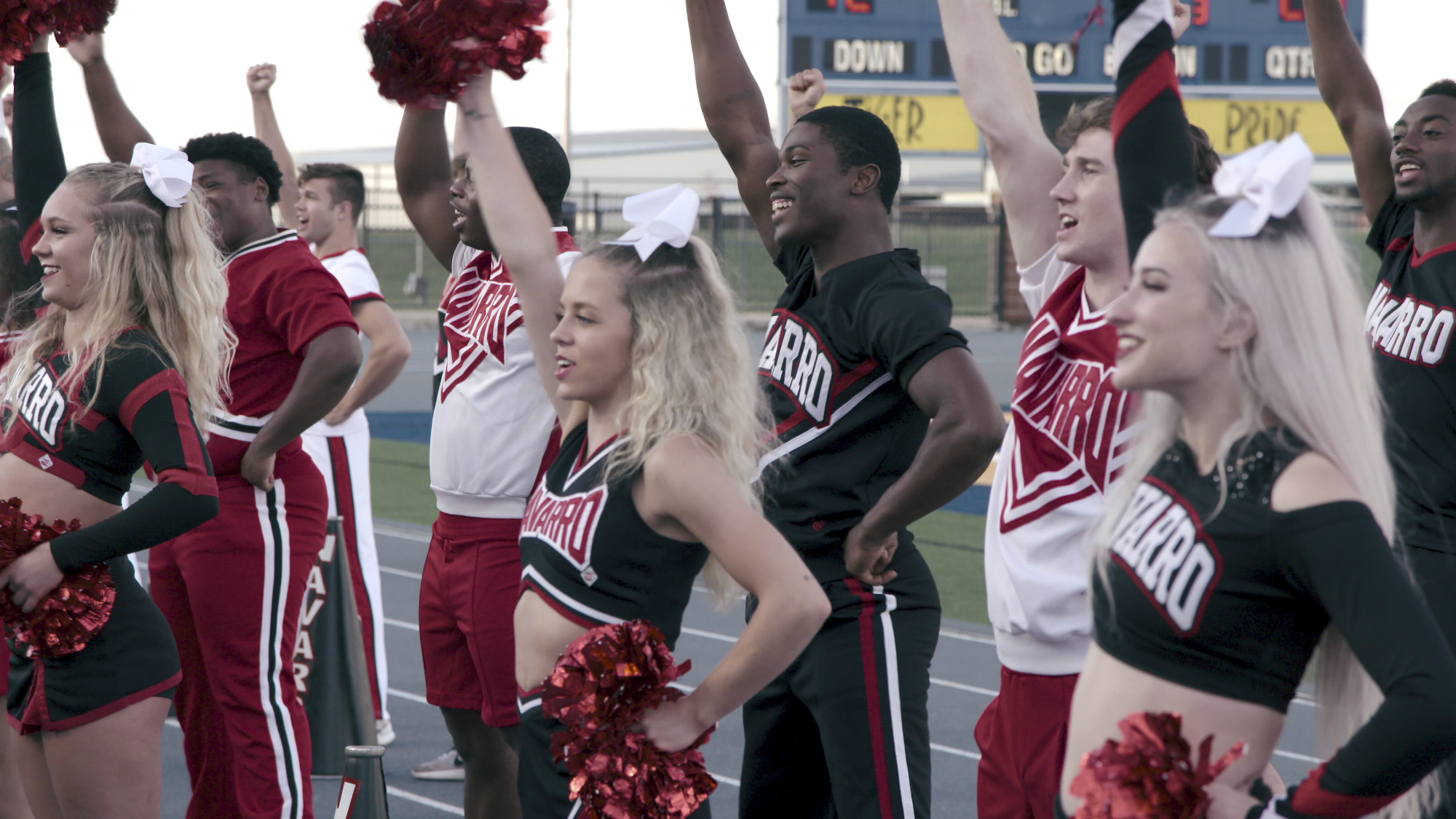

Because If you're anything like Marisa Bate you can't get enough of the Navarro College cheerleading squad. High five, Netflix!
By now, you’ve probably heard of Cheer, the smash Netflix documentary series about a junior college cheerleading team that everyone - from Chrissy Teigen to The New York Times - is talking about. What you may not know is the director Greg Whiteley also shot Last Chance U, a similar documentary series about college American football players. These young men were the best of the best but circumstances had led them astray - poverty, drugs, crime. Stylistically identical to Cheer, this show followed the football players as they had one final shot at making the NFL. The stakes were high, and these guys were in peak physical condition. And yet, when interviewed about making Cheer, Whiteley said it was the cheerleaders who were 'the fittest athletes' he’d ever filmed.
Cheer is a six-episode docuseries that works as hard as its subjects to challenge sexist (not to mention snotty British) misconceptions of cheerleading. Growing up, I saw cheerleading as a mindless Americana ritual like jocks and frat houses. Cheerleaders were routinely beautiful and mean in teen movies, and boringingly so. They were blonde, slim, high-achieving, at the top of the social hierarchy in a culture that lives and dies by the tribes of high school long after graduating. But, boy, did Cheer prove me wrong. (My boyfriend similarly assumed he wouldn’t like it. By the sixth episode he was in tears).
This team, in Navarro, Texas, are champions. They have won countless state and national championships. Monica Aldama, the team’s coach, also known as 'Queen', a petite brunette who wears slogan T-shirts such as 'Faith Not Fear', does not like to lose. And she works her 'kids' hard ensuring they don't. 'Do it again!' she’ll say, as you see these teens bent over in sweat, pain and exhaustion. She doesn’t shout, but an extreme power radiates from her tiny frame that borders on the messianic 'I’d take a bullet for Monica,' says Morgan, one of the squad’s and series’ stars.
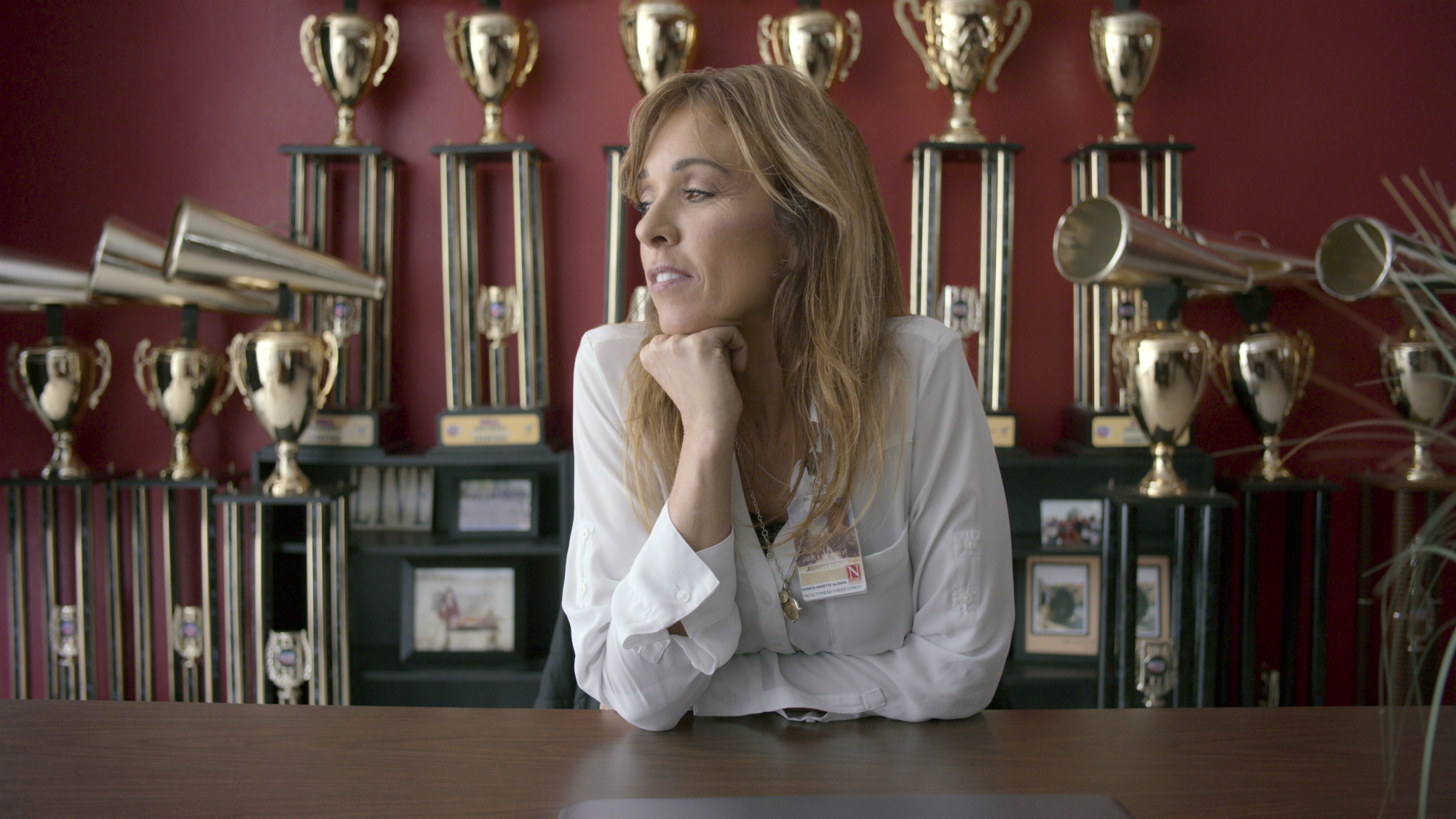
From this devotion comes an incredible work ethic and from this work ethic comes extreme levels of fitness. The 40-strong squad, consisting of boys and girls, are true athletes. A narrow-minded British view from might think of pom poms and high kicks, but there’s a whole lot more going on. They are jaw-droppingly tough. Their physical stamina, strength, not to mention their washboard abs, are constantly mesmerizing. Lexi, a former runaway who used to get in fights, throws herself across the mat in a kaleidoscope of twists and turns, hurling her body through the air with an inconceivable mix of control, strength and wild abandon.
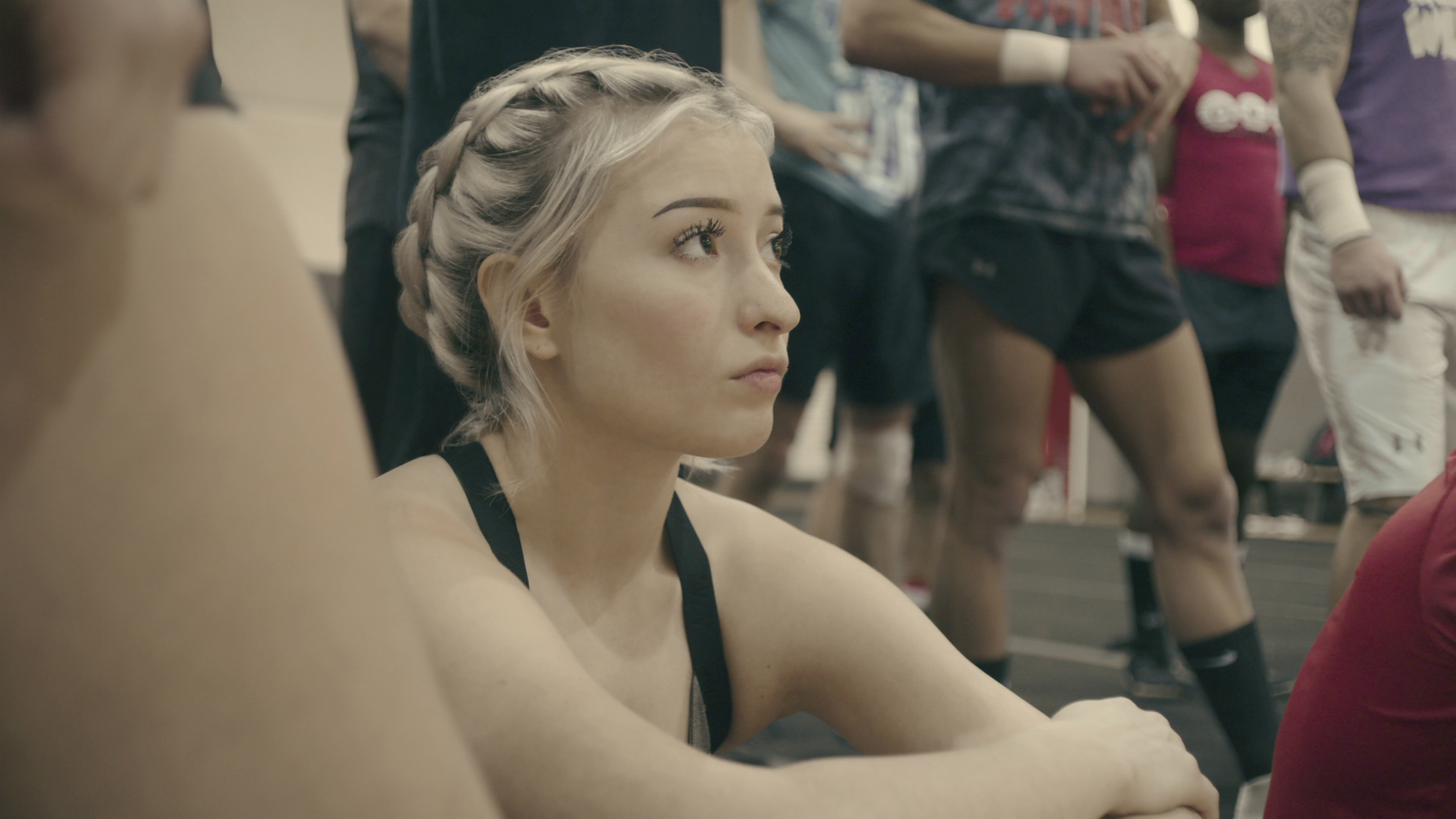
And as staggering is their physical endeavour, it’s the fearlessness that I couldn’t see past. The flyers, the girls at the top of the pyramids, seem to literally fly. Tossed around at unbelievable heights, contorting and twisting their tiny frames of pure muscle in the air, the countless injuries are extremely unsurprising. In one practise, three girls had to sit out with concussions. Morgan takes herself to A&E in between training sessions because of the damage to her ribs and then refuses to take the medication prescribed because she won’t miss the afternoon's practise. Journalist Amanda Mull, writing in The Atlantic, called out this problematic side: 'the series tells one of the oldest, darkest stories in American sports - of athletes with no pay and little support breaking their bodies again and again, all for the greater glory of an authority figure they dare not question.'
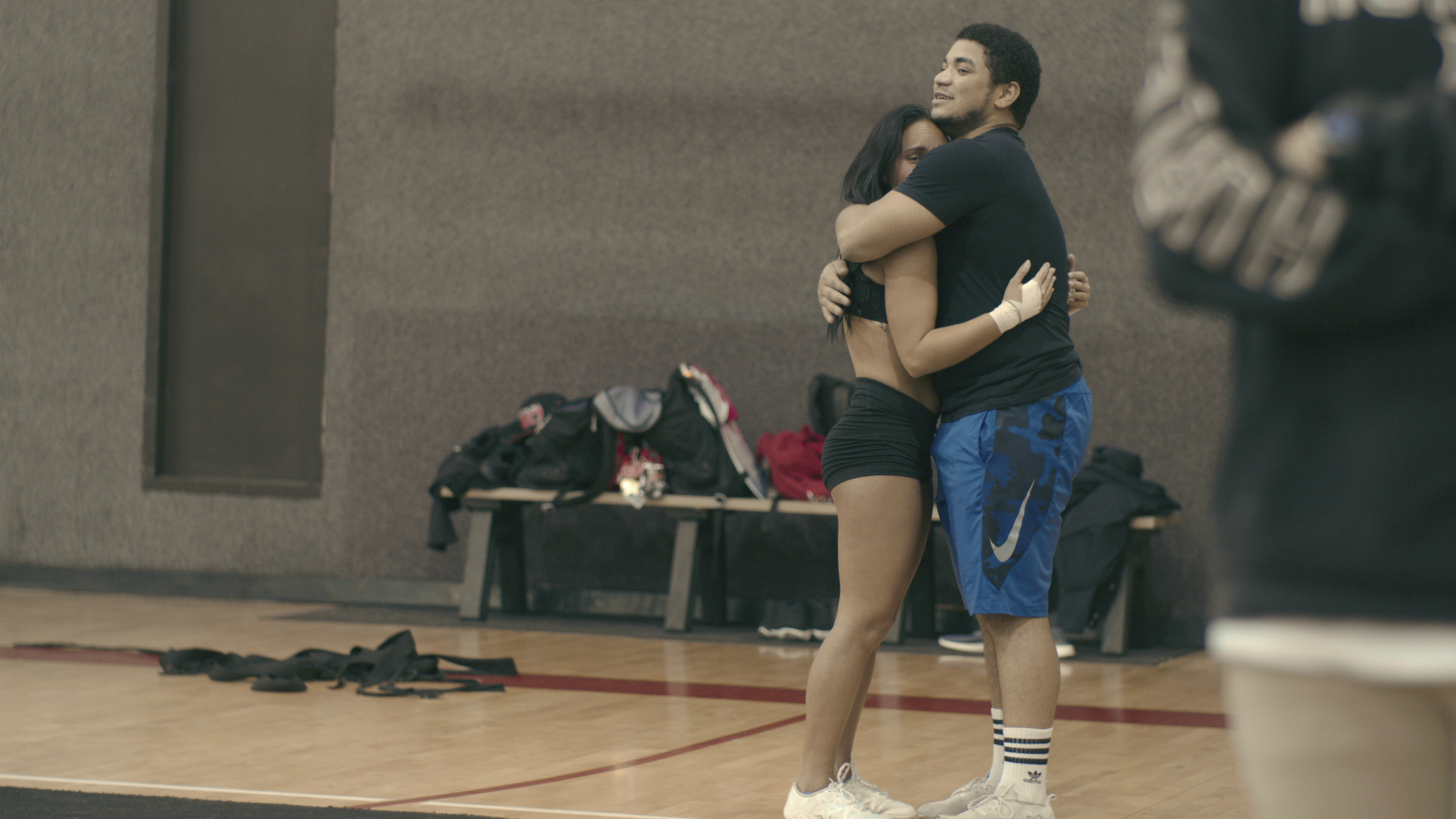
All of this pain is for a two-minute and 15-second performance in the national championships at the end of the year. But it is more than that too; Monica’s kids haven’t just found a talent, they have, in their own words, found a family. Unlike stereotypical ideas of cheerleaders, these aren’t the kids who feel they are winning at life. Jerry, La’Darius, Lexi and Morgan, the members of the team the cameras follow most closely, are young Americans who have been dealt a very hard hand; absent parents, deceased parents, neglectful parents, abuse, homophobia. Cheerleading, and Queen Monica’s ruthlessly unshakeable boundaries, give them self-belief, self-respect, discipline, and a sense of belonging. When Morgan says she’ll take a bullet for Monica, it’s not just because Monica is her coach - Monica is her world. 'I’ve never felt good enough,' she says. 'But Monica does these things, like, she remembered my name.' In a country that sees competition akin to religion, it follows that coach is god and sport is saviour. And it's clear to see that Cheer has saved some of these kids.
Marie Claire Newsletter
Celebrity news, beauty, fashion advice, and fascinating features, delivered straight to your inbox!
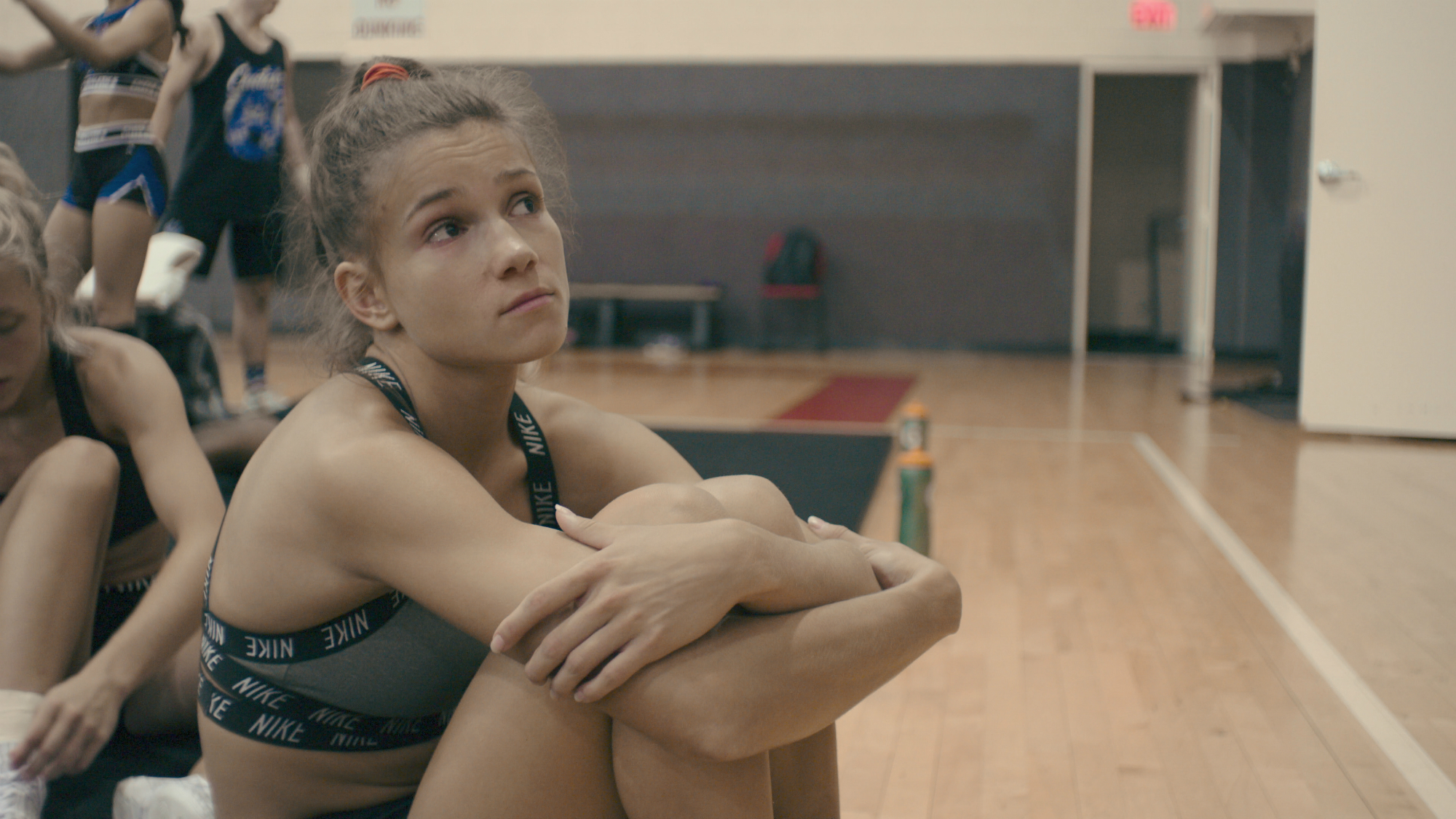
And so our sexist ideas of cheerleading are flipped as violently and completely as those champion flyers. And perhaps that is why is has become a phenomenal success. From the New Yorker to The Guardian, from Twitter to famous fans such as Chrissy Teigen, Ellen and Reese Witherspoon, clearly Queen Monica’s gold dust has rubbed off on Netflix’s Cheer. And that's because it surprises. Even Gabi Butler, the team’s superstar and a social media sensation is more humble, kind and generous than our assumptions would have expected. We see a 'real' side to the insta-star - crying with pain, ready to quit, hurt by online comments.
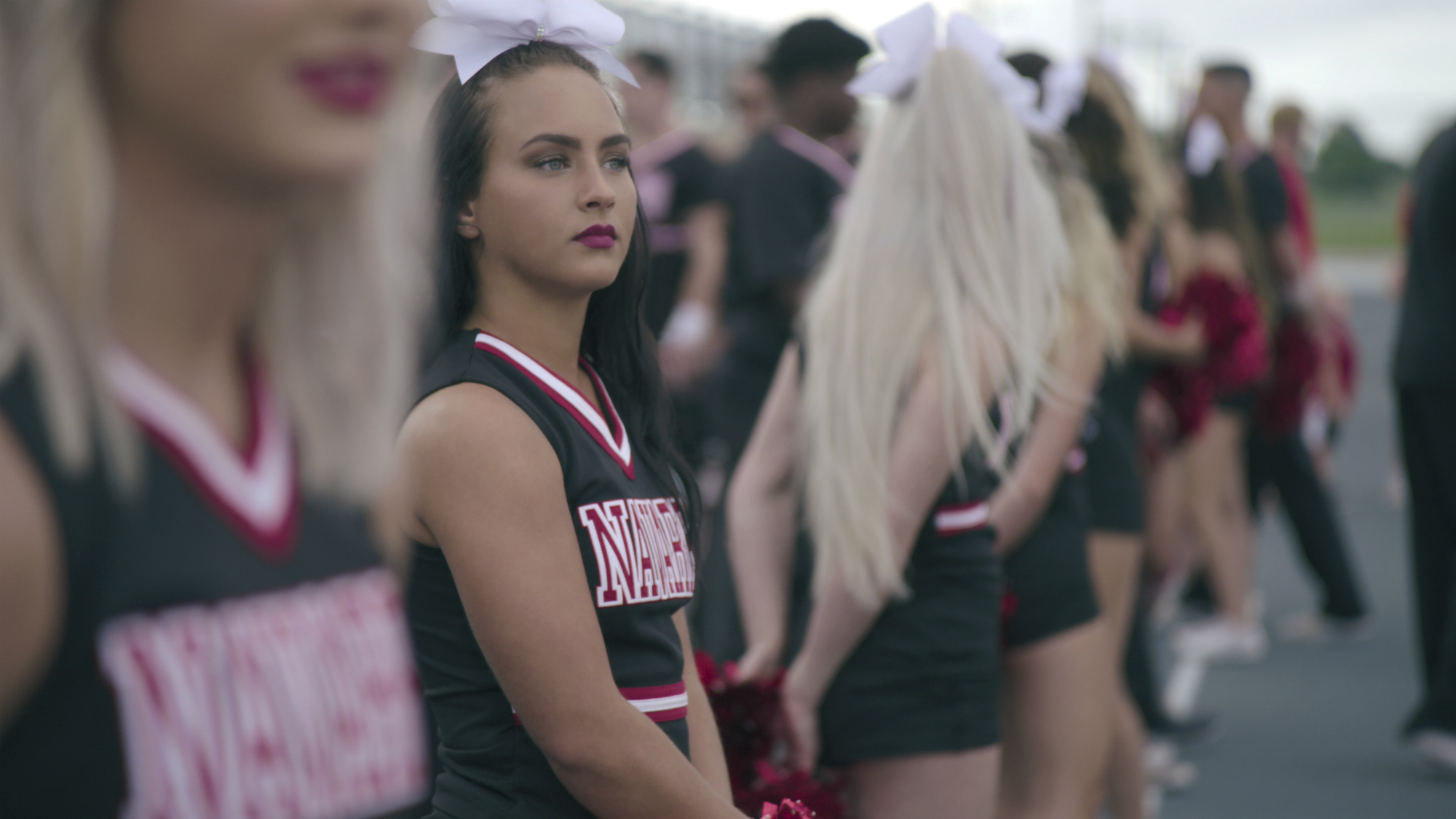
Cheer pulls at the heartstrings with its raw stories of small-town working-class American life, (although sometimes I felt a little too emotionally manipulated). And it is shot beautifully - emphasising the agility and prowess of the team. Yet most powerfully, it reframes our assumptions; it explains, on so many levels, why Cheer matters, and who it matters to. And those people and their worlds are probably not what you were expecting. Watching Cheer is an exercise in challenging deep-seated assumptions about people we think are different from us. In these polarised times, the Navarro team’s journey to the national championships is a journey for us all.
Maria Coole is a contributing editor on Marie Claire.
Hello Marie Claire readers – you have reached your daily destination. I really hope you’re enjoying our reads and I'm very interested to know what you shared, liked and didn’t like (gah, it happens) by emailing me at: maria.coole@freelance.ti-media.com
But if you fancy finding out who you’re venting to then let me tell you I’m the one on the team that remembers the Spice Girls the first time round. I confidently predicted they’d be a one-hit wonder in the pages of Bliss magazine where I was deputy editor through the second half of the 90s. Having soundly killed any career ambitions in music journalism I’ve managed to keep myself in glow-boosting moisturisers and theatre tickets with a centuries-spanning career in journalism.
Yes, predating t’internet, when 'I’ll fax you' was grunted down a phone with a cord attached to it; when Glastonbury was still accessible by casually going under or over a flimsy fence; when gatecrashing a Foo Fighters aftershow party was easy-peasy-lemon-squeezy and tapping Dave Grohl on the shoulder was... oh sorry I like to ramble.
Originally born and bred in that there Welsh seaside town kindly given a new lease of life by Gavin & Stacey, I started out as a junior writer for the Girl Guides and eventually earned enough Brownie points to move on and have a blast as deputy editor of Bliss, New Woman and editor of People newspaper magazine. I was on the launch team of Look in 2007 - where I stuck around as deputy editor and acting editor for almost ten years - shaping a magazine and website at the forefront of body positivity, mental wellbeing and empowering features. More recently, I’ve been Closer executive editor, assistant editor at the Financial Times’s How To Spend It (yes thanks, no probs with that life skill) and now I’m making my inner fangirl’s dream come true by working on this agenda-setting brand, the one that inspired me to become a journalist when Marie Claire launched back in 1988.
I’m a theatre addict, lover of Marvel franchises, most hard cheeses, all types of trees, half-price Itsu, cats, Dr Who, cherry tomatoes, Curly-Wurly, cats, blueberries, cats, boiled eggs, cats, maxi dresses, cats, Adidas shelltops, cats and their kittens. I’ve never knowingly operated any household white goods and once served Ripples as a main course. And finally, always remember what the late great Nora Ephron said, ‘Everything is copy.’
-
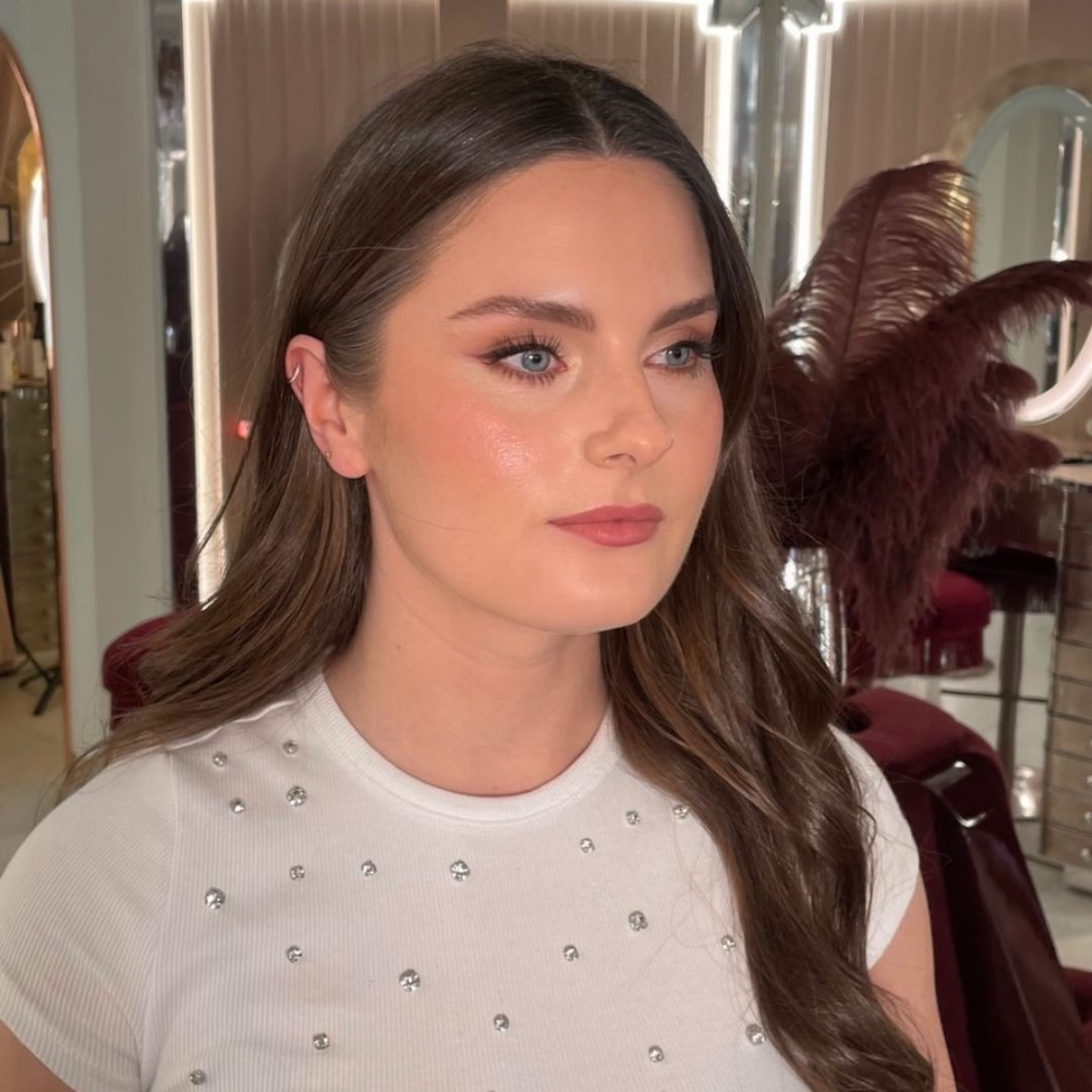 I tried Charlotte Tilbury’s bridal make-up service for my wedding, and *loved* it—here’s everything you need to know
I tried Charlotte Tilbury’s bridal make-up service for my wedding, and *loved* it—here’s everything you need to knowOne of my favourite beauty experiences to date
By Tori Crowther
-
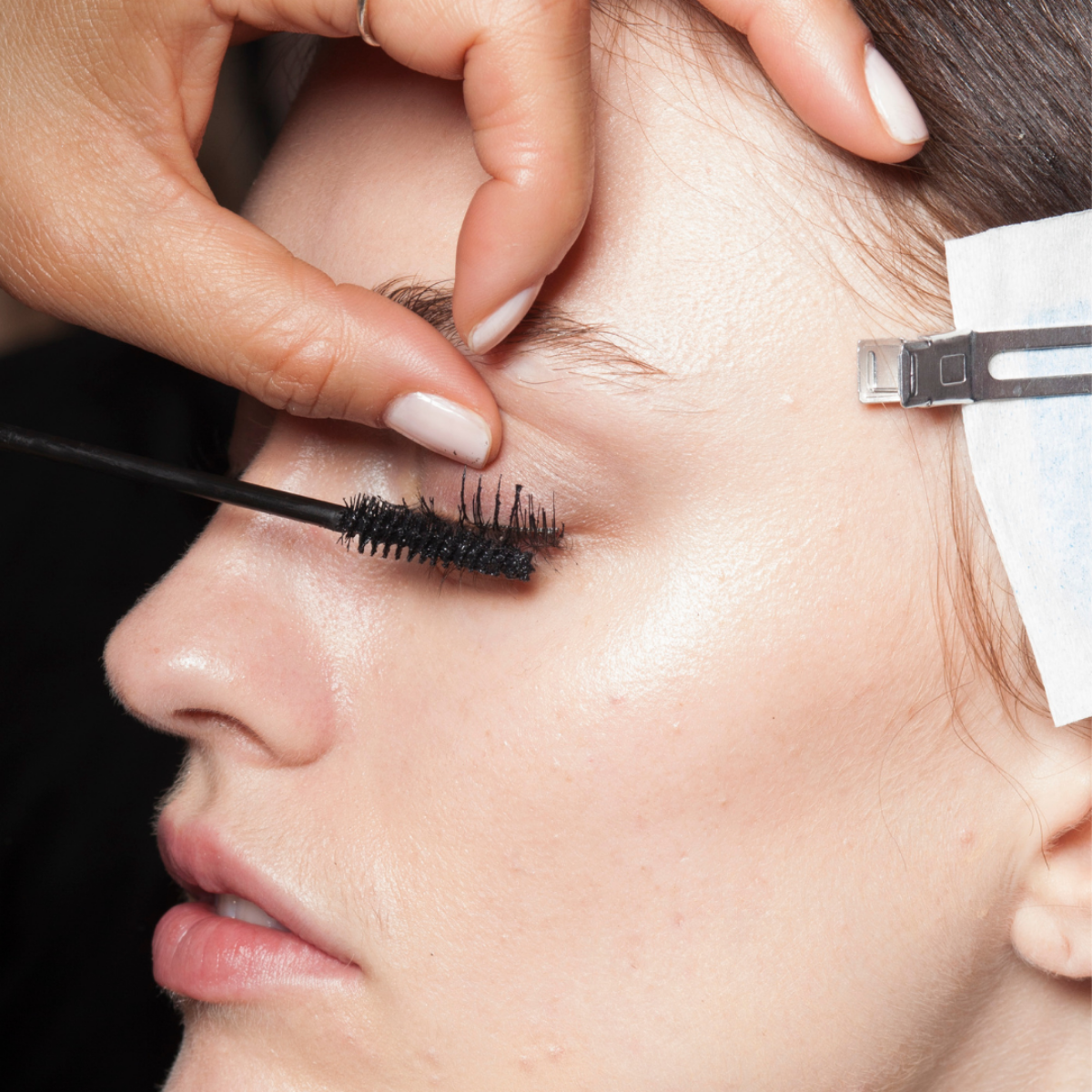 I get lash lifts regularly—here’s how I combat 'lash dehydration’, as per expert advice
I get lash lifts regularly—here’s how I combat 'lash dehydration’, as per expert adviceHow I've got my flutter back on track...
By Rebecca Fearn
-
 Prince Harry's "proud" words about wife Meghan Markle are going viral
Prince Harry's "proud" words about wife Meghan Markle are going viralBy Jenny Proudfoot
-
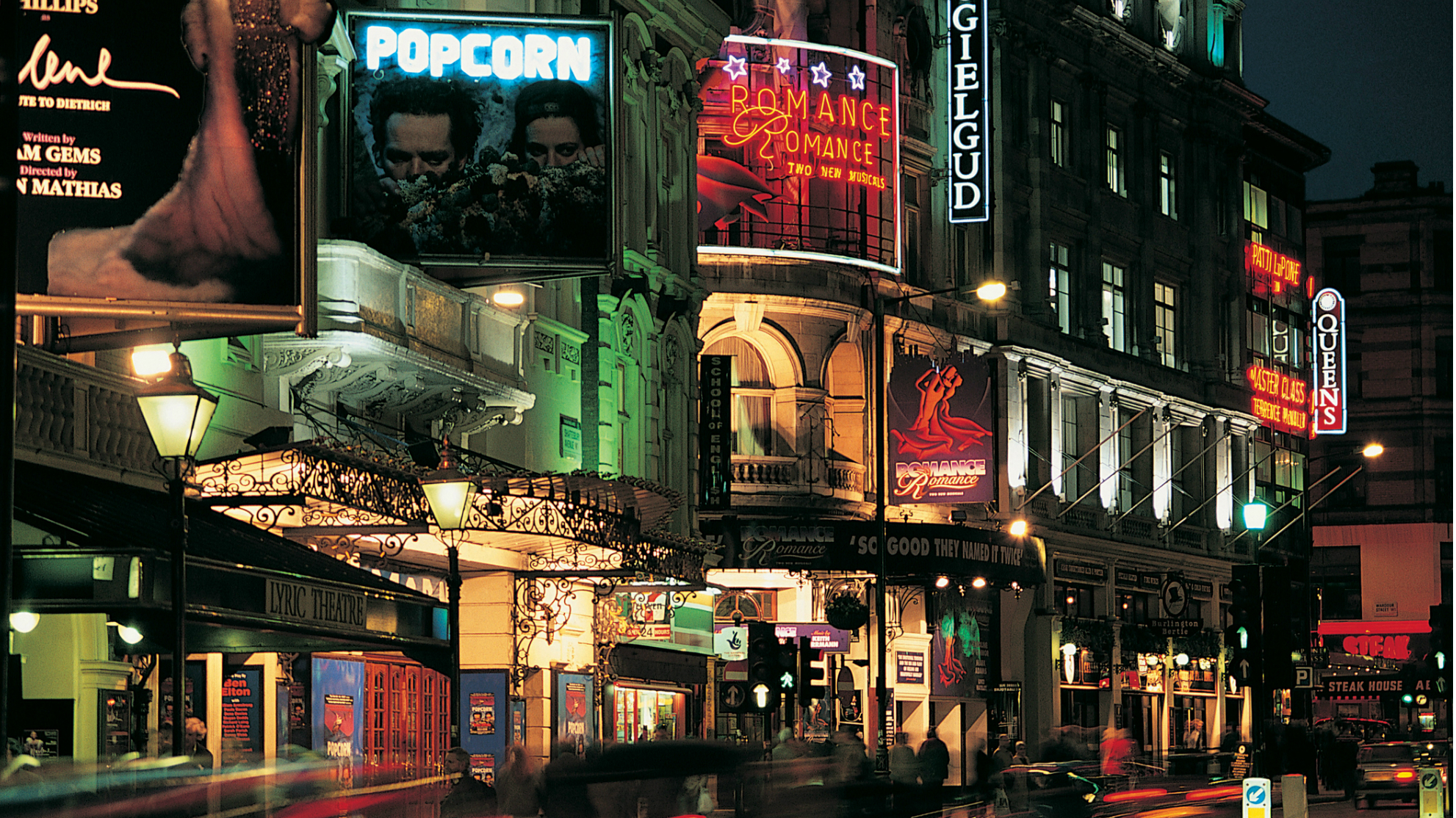 The best theatre shows to watch online while you save lives by staying on the sofa
The best theatre shows to watch online while you save lives by staying on the sofaBecause every venue has pulled down their safety curtain for the duration of the pandemic, Maria Coole, our office luvvie, is sharing their free online productions
By Maria Coole
-
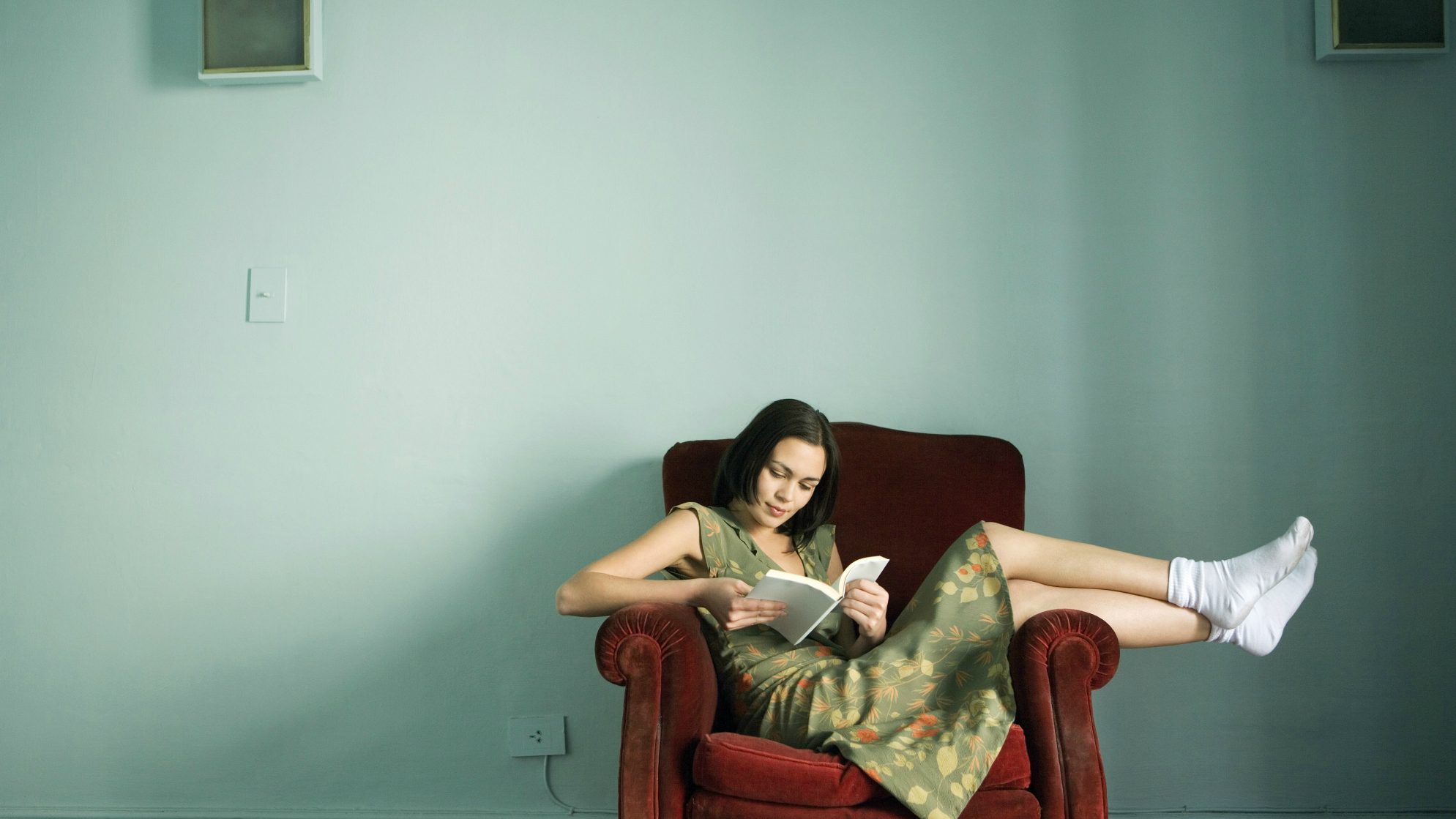 Why books can stop you losing the plot
Why books can stop you losing the plotFeeling down or struggling with low-level anxiety? Turns out biblio-therapy could be the answer
By Maria Coole
-
 The feel-good films you should be watching this week
The feel-good films you should be watching this weekBecause we all need a bit of cheer during these uncertain times, here’s Team Marie Claire’s top film picks to switch off with…
By Marie Claire
-
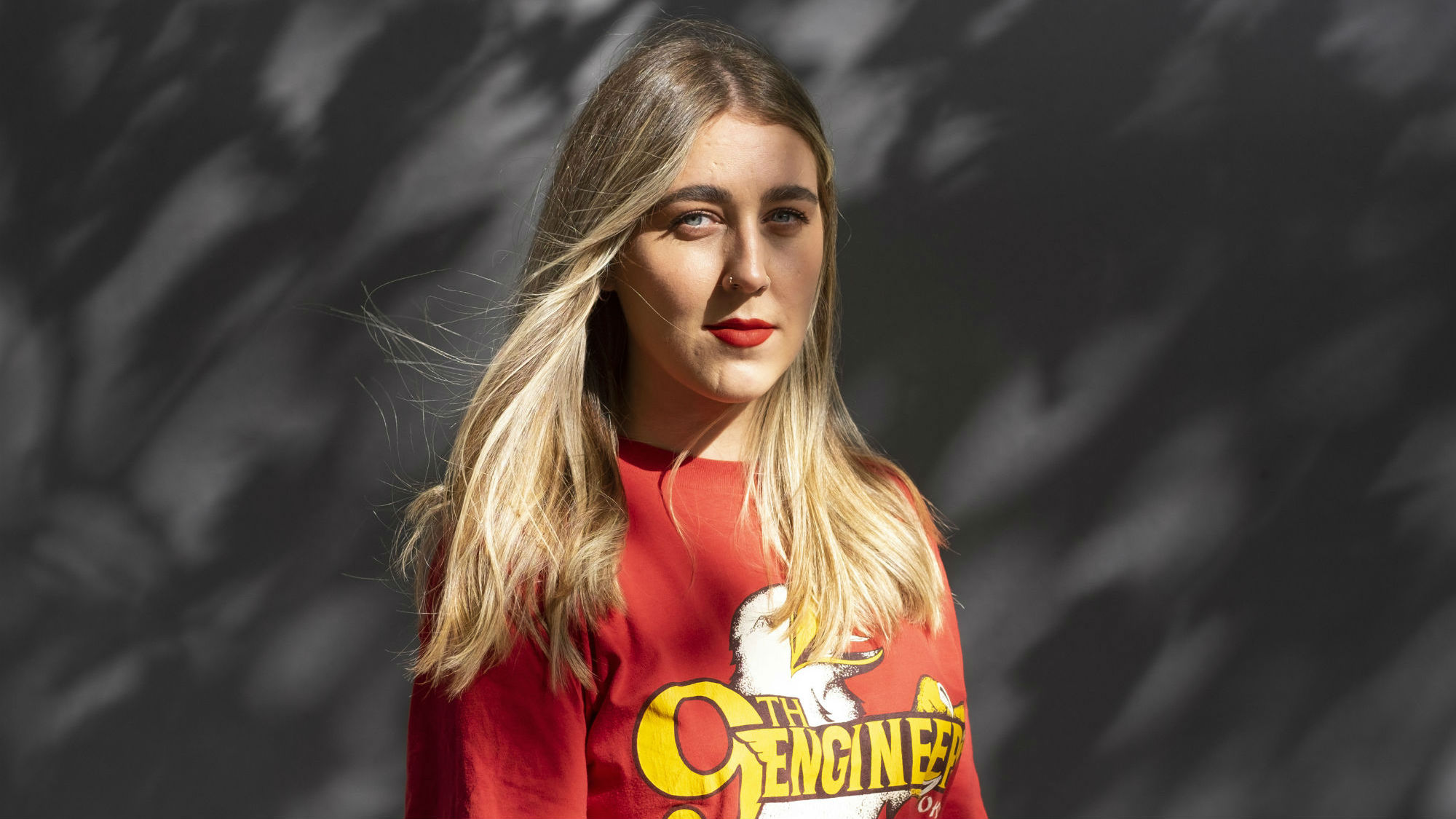 Gina Martin: 'We shouldn’t feel guilty about being unproductive during coronavirus’
Gina Martin: 'We shouldn’t feel guilty about being unproductive during coronavirus’Activist Gina Martin - who launched a national campaign (and succeeded) to make upskirting illegal last year – shares how her life has changed since lockdown and what she believes coronavirus is teaching us
By Olivia Adams